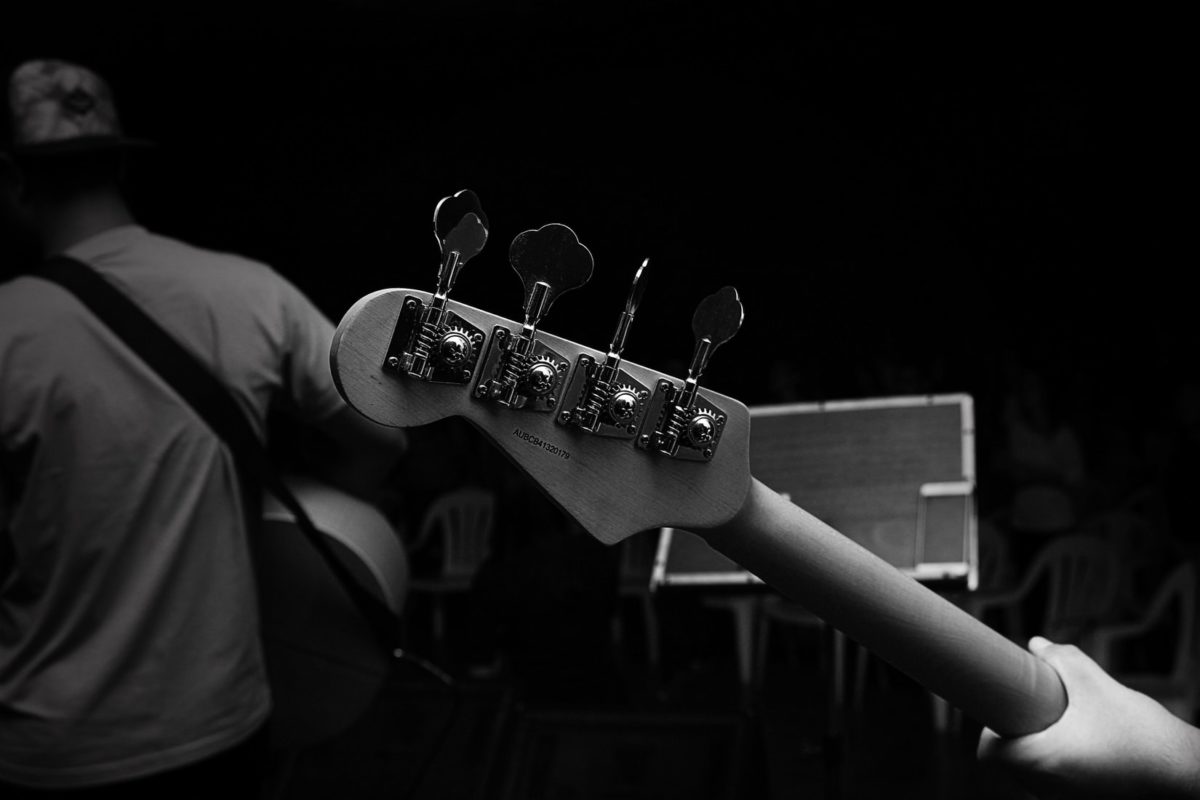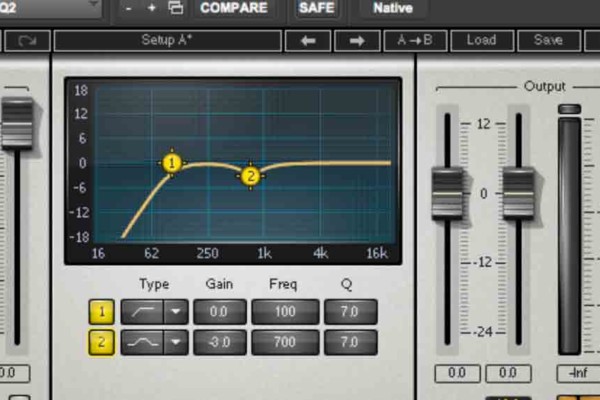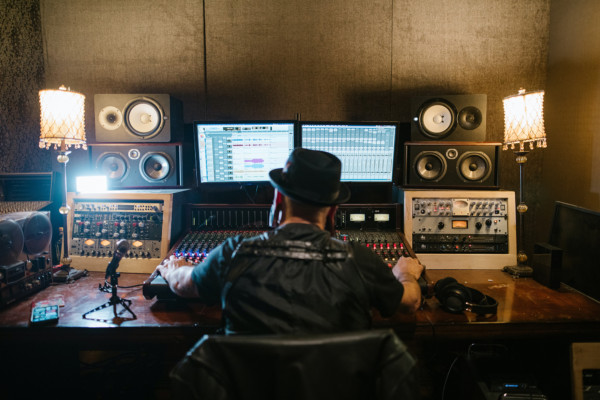Recording Bass: Parallel Compression

This month I wanted to provide you some insight on how I use parallel compression. Many of you haven’t used or researched parallel compression. When you look it up the first time, you’ll find many mixing engineers who use many versions of it and many mixing engineers who never ever use it. So what’s correct, and how do you incorporate it into your bass tracks?
Like most things in mixing, if it’s working for you, then it’s correct. So let me tell you how I use parallel compression. This is what works for me.
First though: What is parallel compression?
In its simplest form:
- Buss 2 or more tracks together on a new track
- Add compression to this new track
- Now blend this compressed track back in with the original tracks
I will always use a version of this on my drums. This is probably the most common form of parallel compression there is. I simply take all of my drum tracks and buss them to a stereo aux track (or extra stereo channel on a console) On this stereo aux track, I will then compress all of the drums pretty heavily. I prefer 4:1 and around 5dB of gain reduction. There are many others who will use even more compression. Many times, I will also add some low end to this compressed track. 100Hz is a good starting point. This parallel compressed drum track will be like glue for your drum mix. It will get it a little bit of life and punch. After you have this track routed correctly, and compressed, then you’ll go to blend it in. Next, listen to your drum tracks without the parallel compression track. Slowly, blend in the parallel compression track until you hear the change in the drums. I usually listen to the kick drum. When the kick drum starts to sound punchier than it was without the track, I know I’ve added the right amount of parallel compression.
I use that trick on almost all of my mixes. However, you can use it on almost anything within your mix that needs to be glued together more. If sections are sticking out of place too much, try it out.
When it comes to bass, I use this trick also. This isn’t something I do all of the time, but as I mentioned above, if I have a bass guitar that just isn’t sitting with the kick drum, I will try it out. A good example would be if you can’t get your kick/bass balance to blend well. This would be a good trick to try out. There are 2 different options. I may work better than the others depending on the mix.
- Make a parallel compression track that only has the kick drum and bass guitar bussed to it. Compress this track at 4:1 with 5dB of gain reduction. Blend it back in to your mix and check to see if the kick/bass relationship is any better
- If that doesn’t work, try adding the bass guitar to the drum parallel compression track that you set up earlier (as described above) This will work also.
Like I said at the beginning, there are many mixers who swear by this, and many mixers who don’t use this trick at all. If you’re having trouble getting your drums and bass to sound like one powerful rhythm section though, I would try this out!




Thanks for sharing some great and useful ideas, Travis.